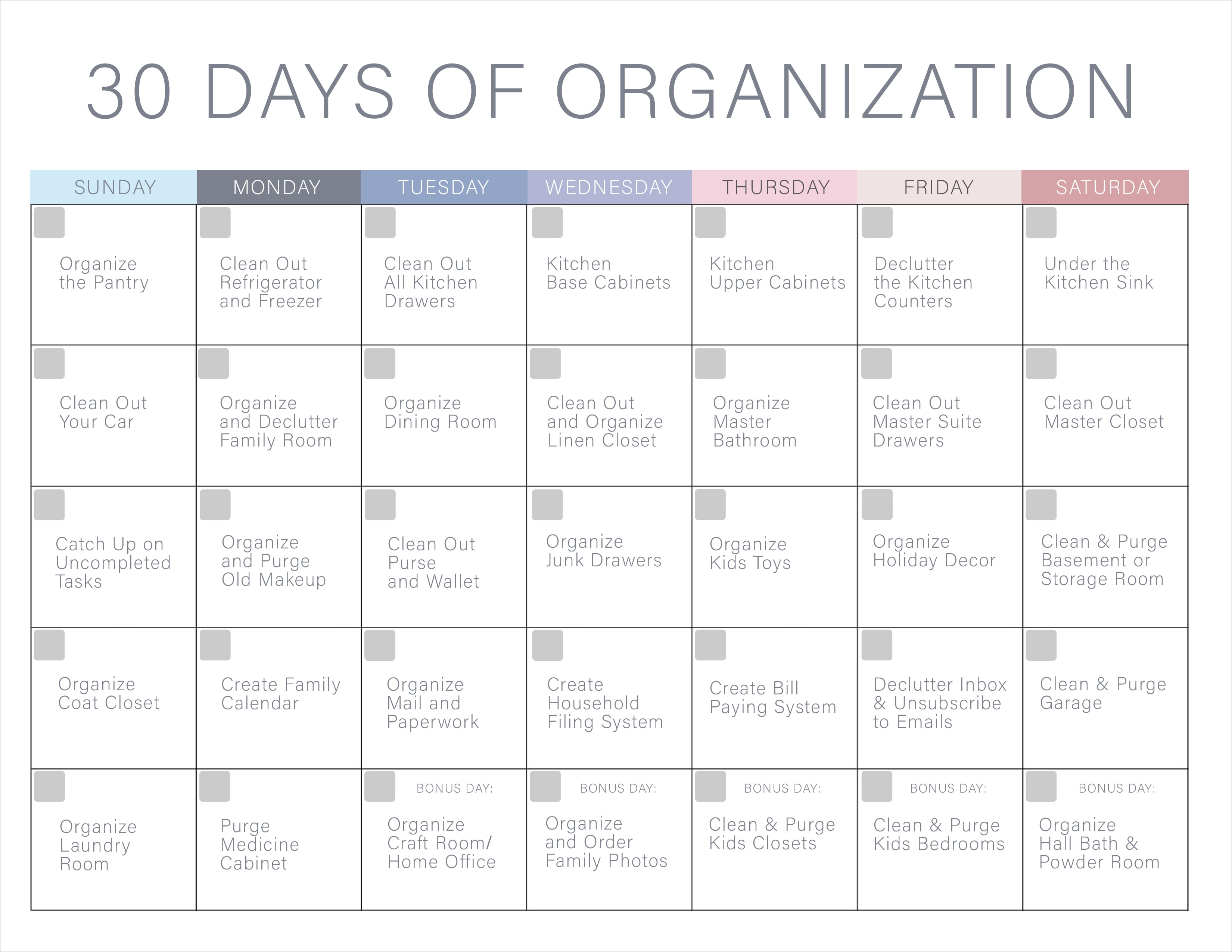


While campus alert systems have become much more robust, so too has the spread of misinformation, said Paul Dean, president of the International Assn. “It was a little bit of a teachable moment.” Everything is fast now - the bad and the good What are you hearing? Let’s talk about it, and let’s talk about what’s reliable and what’s not,’” Thornburg said. Together, they listened to a broadcast of police scanner traffic and watched a local news livestream. At one point, he told them to hide under their desks. Thornburg hustled some students in from the hallway and locked the doors. The response began: As sirens blared with instructions to take cover, text messages went out to students, faculty and staff. Thornburg was teaching “Introduction to Newswriting” when a campus-wide alert about an active shooter popped up on his computer and was projected on a screen behind him. Calling home meant long-distance surcharges and leaving messages on answering-machine tapes when no one picked up.

Twenty-eight years ago, there was no way for university officials to alert the entire community that a gunman had opened fire on the edge of campus, killing two people and wounding two others. But vast changes in the way information spreads make their recent experiences less like replays and more like double exposures: new technology, new emotions superimposed upon the same setting. Other UNC-Chapel Hill alumni who remember the 1995 tragedy now have children enrolled at their alma mater, where an associate professor was shot to death Aug.
#30 DAY HOUSE DECLUTTER CHALLENGE FULL#
In some ways, the era of campus shootings has come full circle. Last month, as a journalism professor at the same school, Ryan Thornburg kept his students safe during a lockdown - after another shooting. Three decades ago, as a University of North Carolina student, he covered a deadly shooting for the school newspaper.


 0 kommentar(er)
0 kommentar(er)
